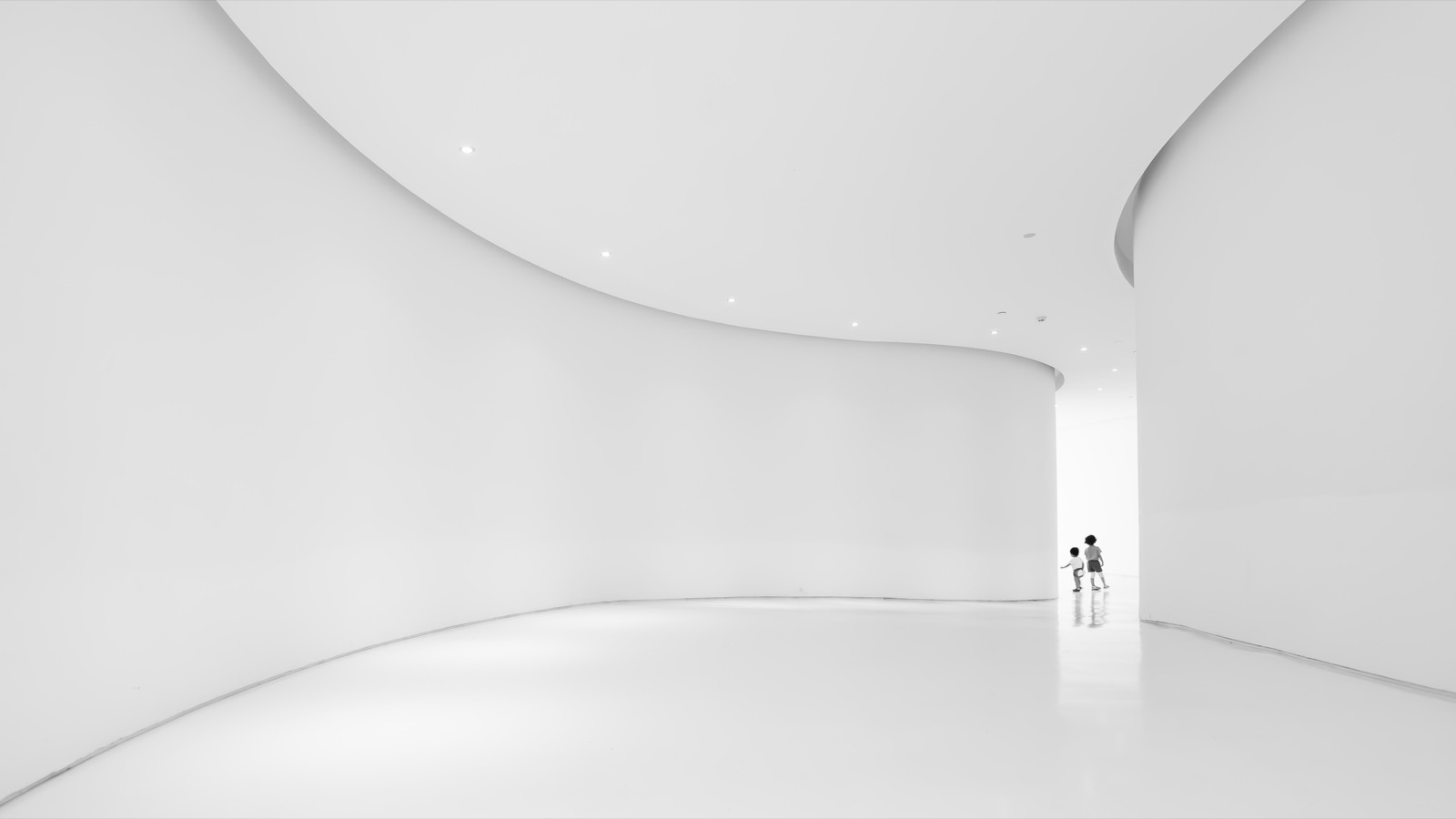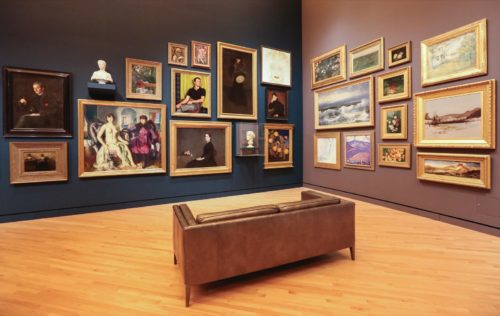They say a picture is worth a thousand words, but don’t underestimate the importance of the words that accompany your pictures! Want to know why gallery descriptions are so important? The gallery description is the text you have alongside your gallery. A lot of website building tools will give you the option to add a description somewhere on your gallery page, a feature you should definitely be taking advantage of. Along with being able to select your gallery style, Photocrati lets you add text to your gallery pages. This article will discuss:
- Why gallery descriptions are important for SEO
- How gallery descriptions impact the user experience
- Ideas for what you can include in your gallery descriptions
Why are gallery descriptions important for SEO?
Search engine optimization, or SEO, can have a huge impact on the success of your website, and by extension, your business. Even if you’ve just created your gallery website to share your work with others, having strong SEO will mean you get to share your work with more people! One of the biggest factors for strong SEO is having relevant, descriptive keywords. This is particularly important for a photography oriented website. So much of your content is going to be visual, and since search engines can’t perfectly understand the content of photos, your descriptions will be very important in helping the search engine understand what it’s looking at. If you want more information about how to optimize your images for web display, check out our guide on 3 essential tips for presenting your images on the internet.
What’s great about optimizing for SEO in your gallery descriptions is that you’re also optimizing for the viewer’s experience. By using descriptive keywords, you can help your viewer understand what they’re looking at, navigate the website more easily, and even help make the web more accessible for people who use screen readers. Also, if you’re not a writer, don’t be intimidated! A good gallery description can be just a few lines. If you’ve got a story to tell, however, you can write a more in-depth description, creating both a richer experience for your viewers, as well as a stronger piece of optimized content. With Photocrati, you can choose to just show a preview of the text.

How can you improve the user’s experience with a description?
There’s a number of different ways a well-written gallery description can improve your viewer’s experience, but they’ll depend on the type of photography your gallery features. Consider the difference between a landscape photographer, a wedding photographer, and a travel photographer. While the landscape photographer might want to share some facts about the mountain range and plant species featured in the shot or provide some information about the lengths they went to get the shot, that wouldn’t be relevant to a wedding photographer. Instead, they might choose to share a short story about the couple, the venue, and the feeling of the special event that they captured.
By providing more context-specific to the type of shots featured in the gallery, you can help the viewer understand what makes those shots special. If you have a potential client looking at these galleries, you can help them understand what makes your photography perfect for their objective. To go back to the wedding example, a well-written description can help them connect their feelings with the experience of your clients, and can help them see how you can play a role in their special day. Even if you’re sharing photos with your existing clients via your WordPress site, the gallery description can provide that personal touch that is so important.
For other types of photography, providing a backstory to the images can help turn them from just another photo into a viewing experience. More information can always be helpful. Understanding the artistic process behind the image can play a significant part in moving your photos from the category of “just photos” to an “artistic endeavor”.
What are some things I can include in my gallery description?
If you know you want to include a strong gallery description, you still might not feel comfortable just sitting down and writing a description. That’s OK! Getting started with writing a strong description doesn’t have to be difficult. Instead of trying to start with a full description, consider brainstorming some keywords that are important to this gallery.
If you’re writing with search engine optimization in mind, consider paying attention to the keywords important to your intended audience. You can choose a mix of the broader, more generic terms, like “wedding photography”, along with more specific niches like “Los Angeles journalistic wedding photographer”. Don’t be afraid to include a broad range of similar terms – there’s a number of tools available online that can help you think up similar keywords to include. This can be particularly helpful if you’re writing multiple gallery descriptions, as having a diverse, deep pool of keywords centered around a similar concept is one of the keys to ranking well for that subject. For SEO oriented descriptions, prioritize the where and what: “Dallas senior photography” is going to connect with your desired audience’s searches more than “Sarah’s 2020 portraits”.

Writing to connect with your audience and enrich their experience, however, gives you much more license to be creative. Instead of prioritizing the audience’s searches, consider answering the questions your audience might have. Remember the 5 W’s taught to reporters: who, what, when, where, and why. Now, not all of these will be applicable to every gallery, but by identifying those that are, you can get a great head start on writing a strong gallery description.
For “who” consider whether the identity of the subject of your photos is relevant. For some travel photos, understanding the cultural context and significance of the subject can make a massive impact on the viewer’s perception of the photo. Don’t be afraid to research a bit of background and share it with your viewers, you might both learn something useful! For the “what” and “where”, try to identify anything that might be relevant to a viewer. You don’t need to provide the exact hiking trail you took each shot on, but pointing an interested reader towards Zion National Park can go a long way to enriching their experience. Identifying the “why” behind a set of images might be one of the trickiest, and you might not even be fully aware of it, but by taking some to draw connections between your images can turn a set of photos into an artistic experience.
For any gallery, it’s always helpful to share what makes the photos inside special to you. By opening up, you can help your viewers understand your connection with the image, and maybe draw a connection of their own – there’s something magnetic about a shared experience. What were you thinking about as you composed those shots? Did you face a challenge in making them? Did you approach a problem in a unique way?
Start selling prints online today
Pick up the Photocrati theme and take advantage of beautiful designs, and NextGEN Pro’s incredible ecommerce features and automated print fulfillment.
Conclusion
Writing a strong gallery description might not be the easiest task for a photographer. You might find yourself saying, why can’t I just let my images speak for me? The answer to that is to remember that the gallery description doesn’t replace your photos, but instead compliments and amplifies them. By employing an SEO focused strategy, you can help more relevant viewers find your content, and enrich their experience once they’re on your website. Writing a strong gallery description can also improve any visitor’s experience on your website by giving them more context for your work, deepening their appreciation for it.
When you go to write a description, plan out some of the keywords you want to include, then try to tie things together with a story. In that way, you can write a gallery description that delivers value to both you and your viewers. That’s what makes a gallery description so important: it’s one of the best returns on invested time for multiple aspects of your website, business, or artistic endeavor. Hopefully, this article has left you eager to try out writing a gallery description! If you’re looking for a versatile WordPress theme designed for photographers and visual artists, check out Photocrati!
For more tutorials and guides on setting up your WordPress site for the best viewer experience, make sure to follow us on Twitter and Facebook for more updates!


Robert van Hall
27 Oct 2020What description is meant here? The meta description of the page, or rather to write a little description on the page itself, to go with a gallery?
Scott
2 Nov 2020In theory, both actually. But meta can only have so much text so mainly the page itself with a shorter blurb for meta.